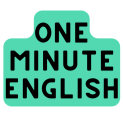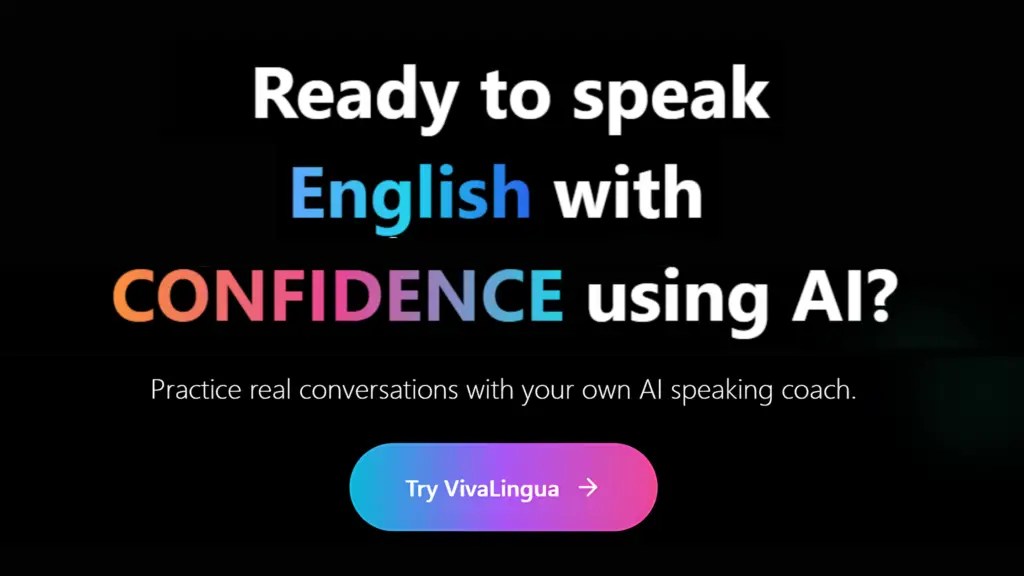Practice English or Spanish with AI here
In English there are literary devices to emphasize certain aspects of conversation. These can occur either in written form or you say it in situations of informal speech. Using an extra “Y” or two with “Hey” is one such instance.
When you see “Heyy” or “Heyyy,” it shows an emphasis on speech to grab another’s attention. Both are technically incorrect in spelling, but it’s fine for more informal speech.
How to Read the Extra “Y” in “Hey”
The extra “Y” in “Hey” will elongate the sound of the last two letters –ey. Pronounced, “ay,” you can think of it in terms of tempo and cadence when speaking. The best way to understand this is by tapping your finger to indicate the length. For instance:
- Hey = one tap after the “Y”
- Heyy = two taps but continue saying “ay” until the taps end
- Heyyy = three taps (same as above)
What the Extra “Y” Means in “Hey”
The extra “Y” in “Hey” grabs attention but it will depend on the context in which one uses it. You could use it as a greeting; as a fun way to say “hello.” Or, you say it because you disprove of what another person is doing. In this latter case, it draws the person’s attention to your displeasure.
Samples of “Hey,” “Heyy,” and “Heyyy”
As always, the best way to understand the use of the extra “Y” in “Hey,” is to see it in action with examples. Try to say them aloud with the finger taps as instructed above.
Greeting
- Hey there neighbor, how are you?
- Heyy there neighbor, how are you?
- Heyyy there neighbor, how are you?
- Hey girl! What are you doing tonight?
- Heyy girl! What are you doing tonight?
- Heyy girl! What are you doing tonight?
Chiding
- Hey, I was trying to read!
- Heyy, I was trying to read!
- Heyyy, I was trying to read!
- Hey, I saw you trying to cheat with the playing cards!
- Heyy, I saw you trying to cheat with the playing cards!
- Heyyy, I saw you trying to cheat with the playing cards!
Conclusion
Seeing one or two extra of the letter “Y” with “Hey” is a literary device in English. You use it to either indicate a greeting or to chide, drawing distinct attention to your disproval of another’s actions. Either way, it shows emphasis.
- 10 Words or Phrases “To Make Her Feel Special” - October 16, 2024
- Synonym Generator - September 11, 2024
- [BrutallyHonest] Langua AI Review – Can you learn a language with AI? - April 23, 2024

